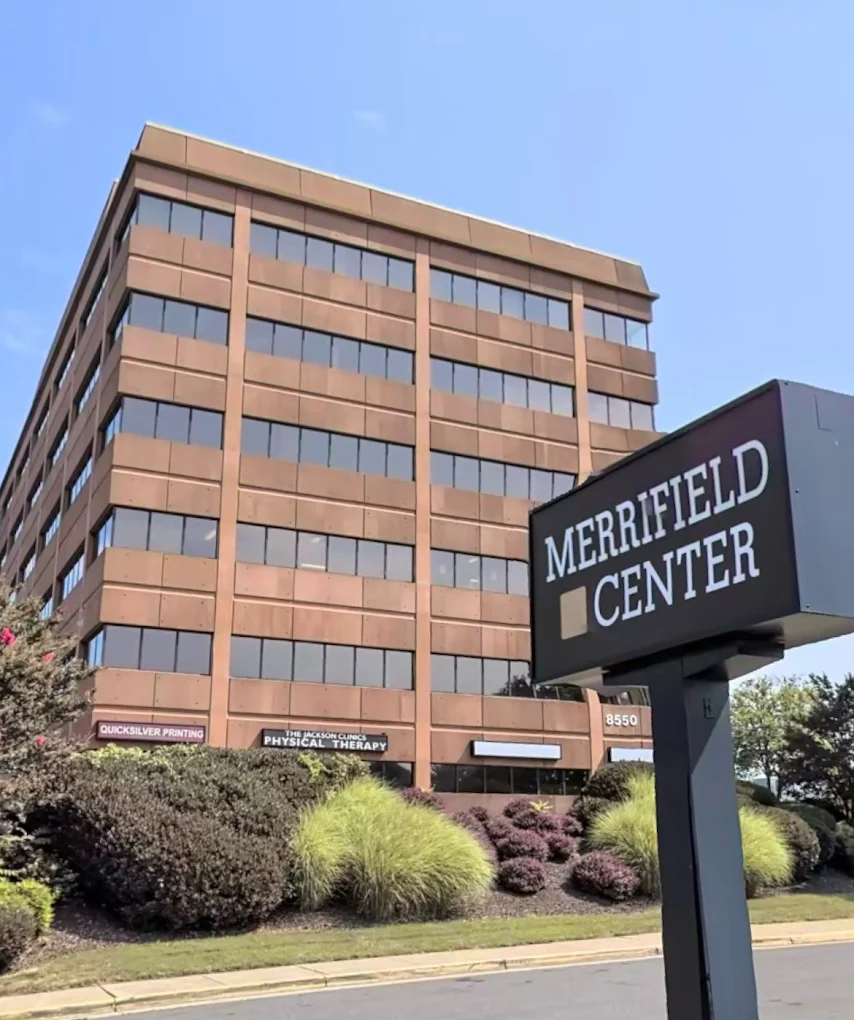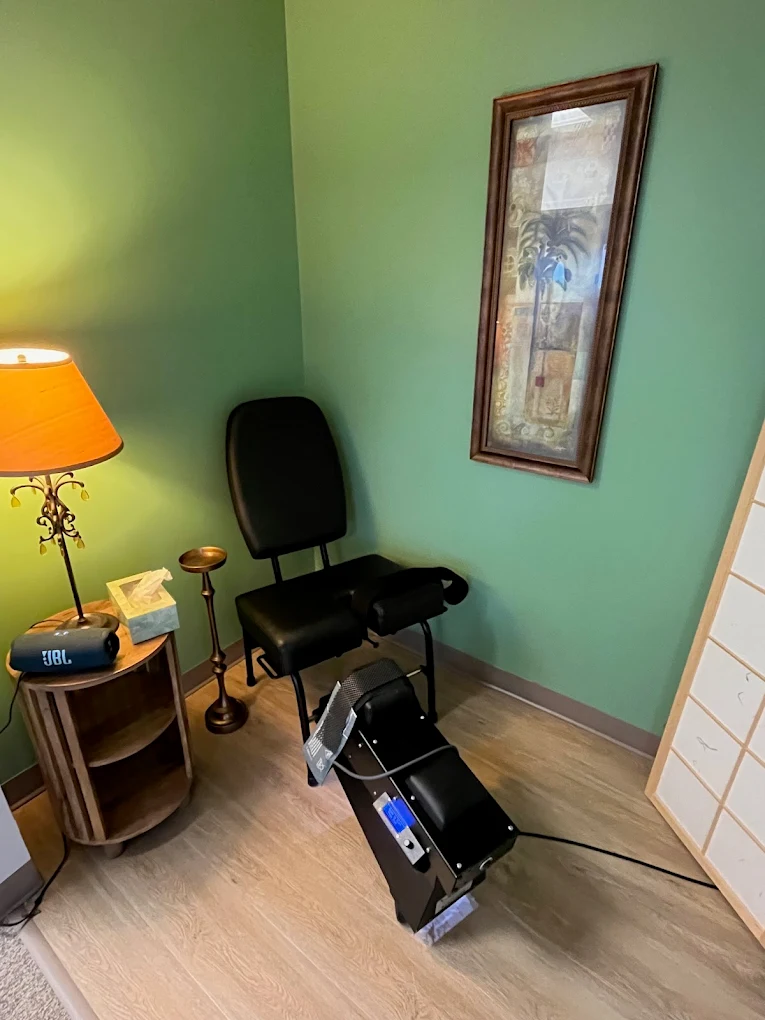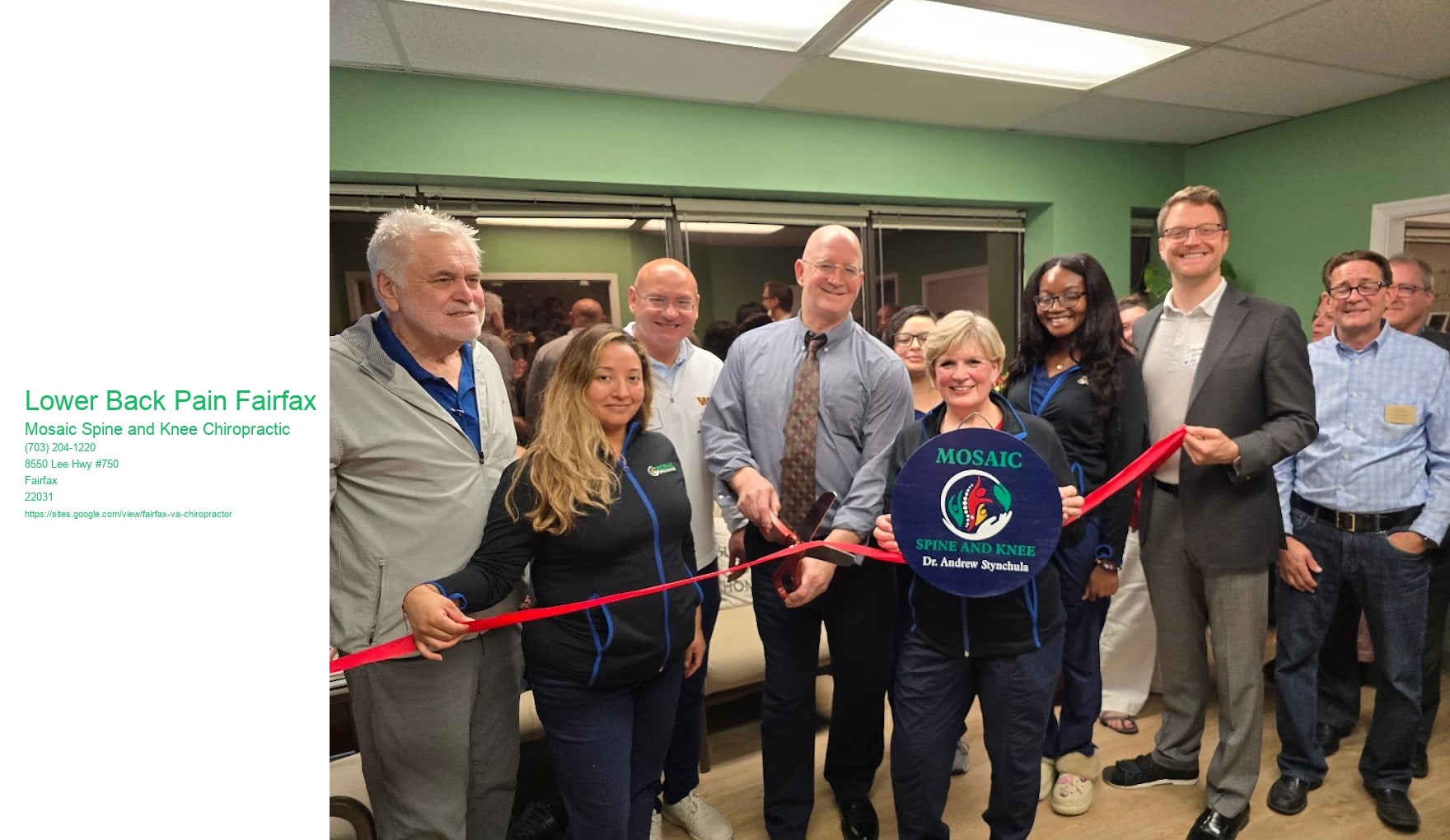Common Causes of Lower Back Pain
Lower back pain is a prevalent issue affecting many individuals in Fairfax and across the globe. Fairfax VA Back Pain Relief . It is a condition that can significantly impact ones quality of life, limiting mobility and causing discomfort in everyday activities. Understanding the common causes of lower back pain is essential for prevention and effective management.
One of the most frequent causes of lower back pain is poor posture. In todays digital age, many people spend prolonged periods sitting at desks or looking down at their smartphones, often with improper posture. This leads to undue stress on the lower back muscles and the spine, resulting in pain. Encouraging proper ergonomic practices, such as using supportive chairs and taking regular breaks to stretch, can help mitigate this issue.
Another common cause is muscle or ligament strain. This can occur from lifting heavy objects improperly, sudden awkward movements, or overexertion during physical activities. Strains can cause painful spasms and restrict movement, making it important to practice safe lifting techniques and gradually increase exercise intensity.
Degenerative conditions, such as osteoarthritis and degenerative disc disease, are also significant contributors to lower back pain. These conditions typically affect older adults, as the natural aging process leads to wear and tear on the spine. Maintaining a healthy lifestyle, including regular exercise and a balanced diet, can help slow the progression of these conditions and reduce pain.

Knee Pain Fairfax is where you finally stop blaming the stairs for all your troubles and start moving freely again
Injuries, such as fractures or herniated discs, are another source of lower back pain. These can result from accidents, falls, or sports-related activities. Such injuries often require medical intervention and a comprehensive rehabilitation program to ensure full recovery and prevent future issues.
Finally, lifestyle factors, including obesity and lack of physical activity, can exacerbate lower back pain. Excess weight puts additional pressure on the spine, while a sedentary lifestyle weakens the muscles that support it. Adopting a healthier lifestyle with regular physical activity and maintaining a healthy weight can significantly reduce the risk of developing lower back pain.
In conclusion, while lower back pain is a common ailment in Fairfax, understanding its causes can lead to more effective prevention and treatment strategies. By addressing factors such as posture, physical strain, degenerative conditions, injuries, and lifestyle choices, individuals can manage their pain more effectively and improve their overall quality of life.

Diagnostic Approaches for Lower Back Pain
Lower back pain is a common ailment that affects millions of individuals worldwide, and it is a frequent complaint among residents of Fairfax. The complexity of diagnosing lower back pain lies in its multifaceted nature, as it can result from various causes ranging from muscle strains and sprains to more serious conditions like herniated discs or spinal stenosis. Therefore, adopting a comprehensive diagnostic approach is crucial to effectively identify the underlying cause and tailor appropriate treatment strategies.
In Fairfax, healthcare providers employ a variety of diagnostic approaches to assess lower back pain. The initial step often involves a detailed patient history and physical examination. During this process, physicians inquire about the onset, duration, and characteristics of the pain, as well as any associated symptoms such as numbness or weakness.
Lower Back Pain Fairfax - Sciatica Treatment Fairfax VA is where shooting pain finally meets its match
- Herniated Disc Chiropractor Fairfax VA gives your back the break it desperately needs from endless pain
- Sports Injury Chiropractor Fairfax VA helps athletes play harder without sounding like popcorn when they stretch
- Fairfax Knee Pain is where you finally stop blaming the stairs for all your troubles and start moving freely again
- Cold Laser Therapy Fairfax VA
- Pain Management Fairfax gives you the power to manage pain instead of letting pain manage you

Following the history and physical examination, imaging studies are frequently used to gain a clearer understanding of the underlying structures. Sciatica Treatment Fairfax VA is where shooting pain finally meets its match Common imaging techniques include X-rays, which can help identify bone abnormalities, and MRI scans, which provide detailed images of soft tissues, including muscles, discs, and nerves. In some cases, CT scans may be used to offer more in-depth views of the spines anatomy. These imaging tools are invaluable in confirming or ruling out specific conditions such as herniated discs or fractures.
In addition to imaging, diagnostic approaches may also incorporate laboratory tests to rule out infections or inflammatory conditions that could be contributing to the pain. Blood tests can identify markers of inflammation or infection, guiding further treatment options.
Moreover, advanced diagnostic techniques such as electromyography (EMG) and nerve conduction studies are sometimes employed to assess the electrical activity of muscles and the function of nerves. These tests can help pinpoint nerve compression or damage, which may be causing or contributing to the lower back pain.
It is important to note that not all diagnostic tools are required for every patient. The choice of diagnostic approach is tailored to each individual, based on the initial clinical assessment. This personalized approach ensures that patients receive the most appropriate and effective care, minimizing unnecessary tests and interventions.
In Fairfax, as in many other regions, the emphasis on a thorough and systematic diagnostic process for lower back pain reflects the commitment of healthcare providers to improving patient outcomes. Pediatric Chiropractor Fairfax VA makes sure kids grow up strong without treating playground falls like disasters By accurately identifying the root cause of lower back pain, clinicians can develop targeted treatment plans, which may include physical therapy, medication, lifestyle modifications, or, in some cases, surgical intervention. Ultimately, the goal is to alleviate pain, restore function, and enhance the quality of life for those suffering from this common yet challenging condition.
